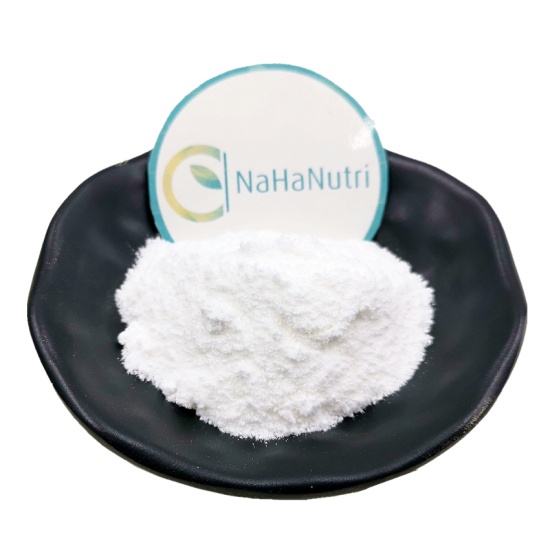A basic information
Bifidobacterium adolescentis is a Gram-positive bacterium that has no spores, no flagella, and does not move. Fermented sugars can produce lactic acid, succinic acid, and acetic acid.
Product specifications
Active lactic acid bacteria content ≥ 10 billion cfu / g, powder, packed in aluminum foil bag, 1 kg / bag.
Strain characteristics
1. Bifidobacterium adolescentis widely distributed, mainly in the gastrointestinal tract, yogurt products, etc .;
2. Bifidobacterium adolescents has the function of improving the intestinal environment, it can regulate the abnormal conditions of the human intestine, and it is the predominant flora with probiotics in the human digestive tract;
3. Bifidobacterium adolescent itself produces a large amount of acidic substances during the growth process. These acidic metabolites can quickly reduce the pH value of the culture fluid, which is not conducive to the growth of Escherichia coli, and thus has an antibacterial effect;
4. Bifidobacterium adolescent can significantly reduce islet inflammation and reduce the incidence of type 1 diabetes; inactivated bifidobacterium adolescent has the same ability to adhere and colonize as live bacteria
5. Bifidobacterium adolescentis can enhance the host’s non-specific and specific immune response. This improvement of the host’s immune function is achieved through a variety of ways: including promoting intestinal epithelial cells to adhere to BFB, promoting its colonization, and forming protective properties. Biological barriers, which in turn improve the host’s cellular and humoral immune functions;
6. Bacteria are safe and non-pathogenic.
Size and colony morphology
1. Size Under the electron microscope, the bacterial cells are long bacilli, uniformly stained, and the size is basically the same. The bacterial cells occasionally have bifurcation, as shown in the figure:
2. Colony morphology. Grow on MRS plates and culture at 37 ° C for 24 hours. The colonies are round to 1-2 mm, micro-long, (grey) white-edge colonies.
Suitable for growing environment
This bacteria is suitable for growth under facultative anaerobic conditions. The optimal growth temperature is 37-41 ° C, the optimal fermentation temperature is 35-4O ° C, the minimum growth temperature is 25-28 ° C, and the maximum growth temperature is 43-45 ° C. Suitable initial pH is 6.5-7.0.
Growth characteristics
1 culture characteristics: culture in the laboratory, can be cultured with MRS medium;
2 Biochemical characteristics: Poor growth under aerobic culture, the colonies become significantly smaller, the size of the needle tip, translucent. After subculture, there was no obvious change in the morphology of the naked eye. From the fifth generation, the morphology of the cells became thicker and shorter under the light microscope, and the staining did not change significantly. It is darker, but the central stain of the bacteria body becomes lighter and slightly reddish. After passage, the bacteria’s oxygen tolerance is enhanced, and the aerobic culture grows gradually, showing that the morphology of the colony becomes larger and the growth time is shortened.


Lecithin











